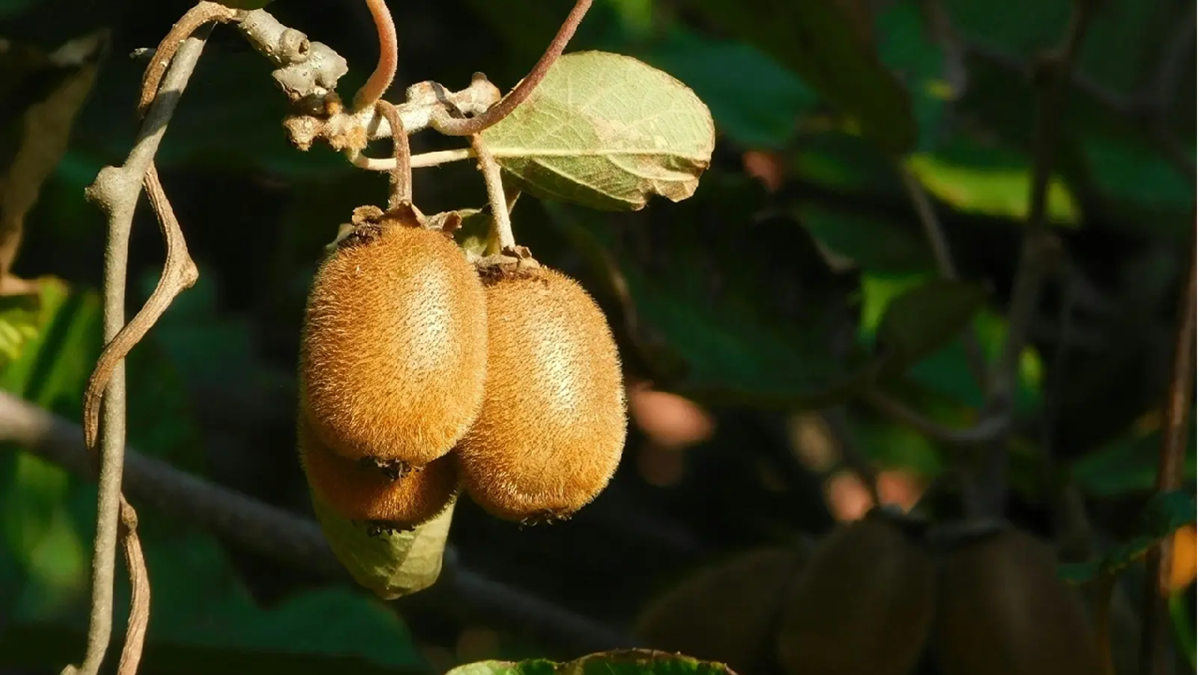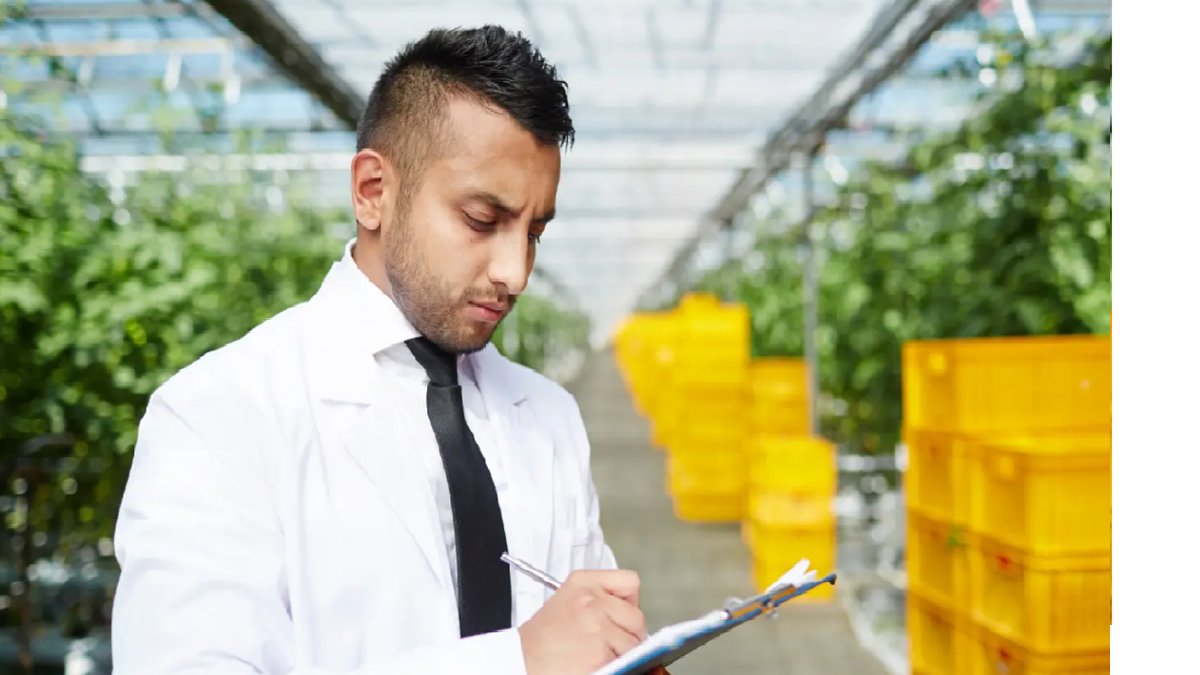Measurements
Guide to fresh fruit quality control
Fruit in supermarkets today must be of high quality to provide adequate nutritional benefit and remain attractive to consumers. Fresh fruits must be shipped quickly and stored under proper conditions to retain their quality. Thus, regular fruit quality testing and gas analysis is necessary at several stages of the supply chain to ensure that fruits maintain their quality and freshness.
07 July, 2022
Fruit in supermarkets today must be of high quality to provide adequate nutritional benefit and remain attractive to consumers. Fresh fruits must be shipped quickly and stored under proper conditions to retain their quality. Thus, regular fruit quality testing and gas analysis is necessary at several stages of the supply chain to ensure that fruits maintain their quality and freshness. Why is fruit quality control important?Fruits are highly perishable and susceptible to damage because of their high water content. From the time of harvest to when they appear on the shelf, fruits go through many different environments. The conditions in these different facilities and the handling mode influence the quality of fruits. 1. Ripeness and maturity: The first condition which influences fruit quality is their maturity or ripeness at harvest. Fruits harvested too early will not ripen properly and will be of inferior quality when they reach the retailers. When fruits are left too long to mature, the time for transport is shortened. 2. Handling: Climacteric fruits are harvested when fully mature but still unripe and firm. But non-climacteric fruits are harvested when they are nearly ripe and soft. Both categories of fruits need careful handling when plucked, but it is necessary to be very careful with ripe fruits because they are soft and easily damaged. Even mature, non-ripe fruits handled roughly will bruise later, leading to more rapid decay. Bruising can also occur during transportation or packaging, affecting the fruits quality. 3. Weather conditions: Extreme or unfavorable weather conditions can affect fruit quality, especially in the absence of cold storage. High temperatures and low humidity can cause shriveling due to water content loss. 4. Pest and diseases: Microbial and pest infestations will lead to yield loss or spoil the quality. Both pests and diseases can spread during storage to spoil batches of harvest. Rodents are also another problem during storage. Fruits damaged by pests can decay fast and pose health problems. 5. Internal changes: Fruits continue to respire, transpire, and ripen even after they are harvested and are accompanied by many biochemical changes that can negatively affect the quality of fruits. Loss of water content and ethylene production are two major causes. Due to improper storage or warm weather conditions, loss of water content leads to wilting, loss of color, firmness, texture, and taste. Ethylene, a gaseous phytohormone produced by fruits during ripening, can spread to other nearby batches triggering unplanned ripening and eventually leading to decay. 6. Storage and packaging conditions: Several fruits meant for the table are packed in modified atmosphere packaging (MAP) or intelligent packaging. The atmosphere in MAP is different from ambient conditions and must be maintained to ensure that the fruits remain fresh and dont lose their quality. 7. Genetics: When developing new cultivars and selecting for post-harvest quality traits, horticulturists measure quality since plant genetics can control several internal physiological and sensory characteristics. 8. Government control: Governments can set standards for quality, which must be fulfilled, especially in the import and export of fruits in global supply chains. When and where fruit quality control is necessary?A few critical stages of the supply chain require quality control inspections. These inspections and their reasonings are detailed below. On the farm: Quality control starts while fruit develops to determine optimal harvest time based on fruit maturity or ripeness. After harvest, the first sorting of fruits occurs on the farm based on ripeness level to extend storage and shelf life. Fruits are segregated at this point for table use or processing, depending on quality. Packaging: Wholesalers who buy fruits from farmers will also test the quality of fresh produce for sorting before packaging. If specialized MAP and intelligent packaging are used, the atmosphere makeup must also be tested. These often test for critical ethylene, CO2, and O2 levels. Storage and transport: Fruits can be sold immediately in farmers markets where the grower must ensure that sun and wind do not negatively impact the fruit quality, see Figure 1. Fruits kept in cold storage and controlled conditions require periodic quality control to cull out rotten fruits or sort out fruits ready for sale during storage and transport. Ethylene monitoring and scrubbing is also critical here, most often to delay ripening of climacteric fruits. Ripening rooms: Several varieties of climacteric fruits stored for many weeks or months are ripened artificially with ethylene. The atmosphere in these ripening rooms is monitored strictly to achieve desired results within a set time. Retailers: Once the harvest reaches retailers, quality testing helps set the price and cull out spoiled fruit to avoid ethylene-induced ripening. Research: Many of todays innovations target fruit quality maintenance, beginning with the research phase in universities and crop breeding centers. Point of entry: In the case of global supply chains, fruit quality is tested to affirm standards, geographical origin for products like coffee, or identity of protected varieties at the point of entry into a country. What parameters should be monitored during quality control?The parameters measured during quality control will depend on the aim of the inspection. Usually, more than one parameter is used to achieve a comprehensive analysis of fruit condition. 1. Internal quality parameters: Several internal biochemical parameters determine fruit quality, such as dry matter content, soluble solids content (SSC), firmness, internal and external color, acidity, and nutraceutical content. These cannot be tested accurately with the eye, nose, or taste. Even analysis of sensory parameters like color and firmness are more accurate and objective when measured by precision devices. Dry matter, SSC, exterior color, and firmness of fruits are all used to fix harvest time. Testing of these parameters also occurs to sort fruits during packaging, storage, transport, and retailing. Acidity and nutraceutical measurements are more often performed during research, in combination with the other parameters. Acidity is also monitored during the processing of fruits to make juices, jams, or wines. 2. Gas analysis: Ethylene, carbon dioxide, and oxygen are the three critical gases that are monitored. They have to be at optimal prescribed levels during storage and transport. The levels and combinations can differ based on the fruit. Regular checks and sorting of fruits based on ethylene levels are essential during transport, storage, and retail sale. Ripening gas and headspace analysis is vital for MAP and intelligent packaging during packing, storage, transportation, and retailing. Gas analysis in storage environments and packaging is essential during research to suggest new methods of extending the shelf life of fruits. 3. Weather parameters: Temperature and relative humidity need to be measured during storage, transport, and retailing to retain quality.












